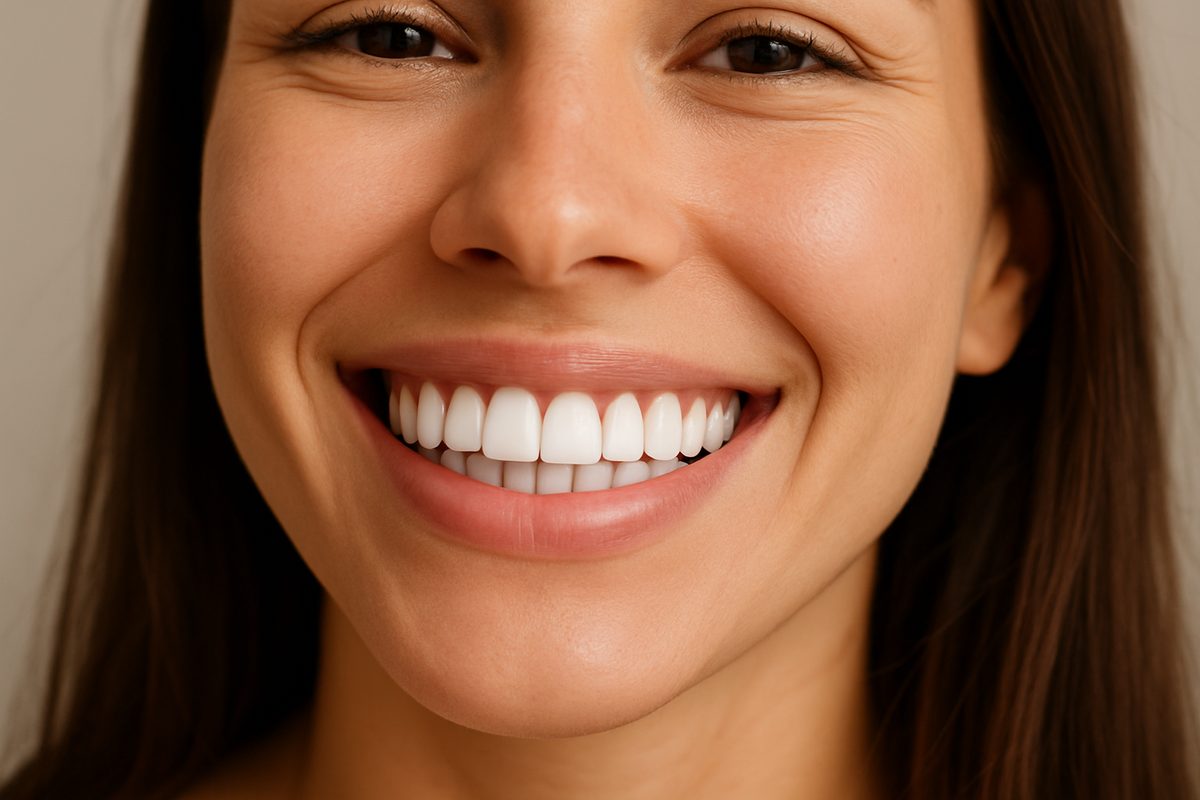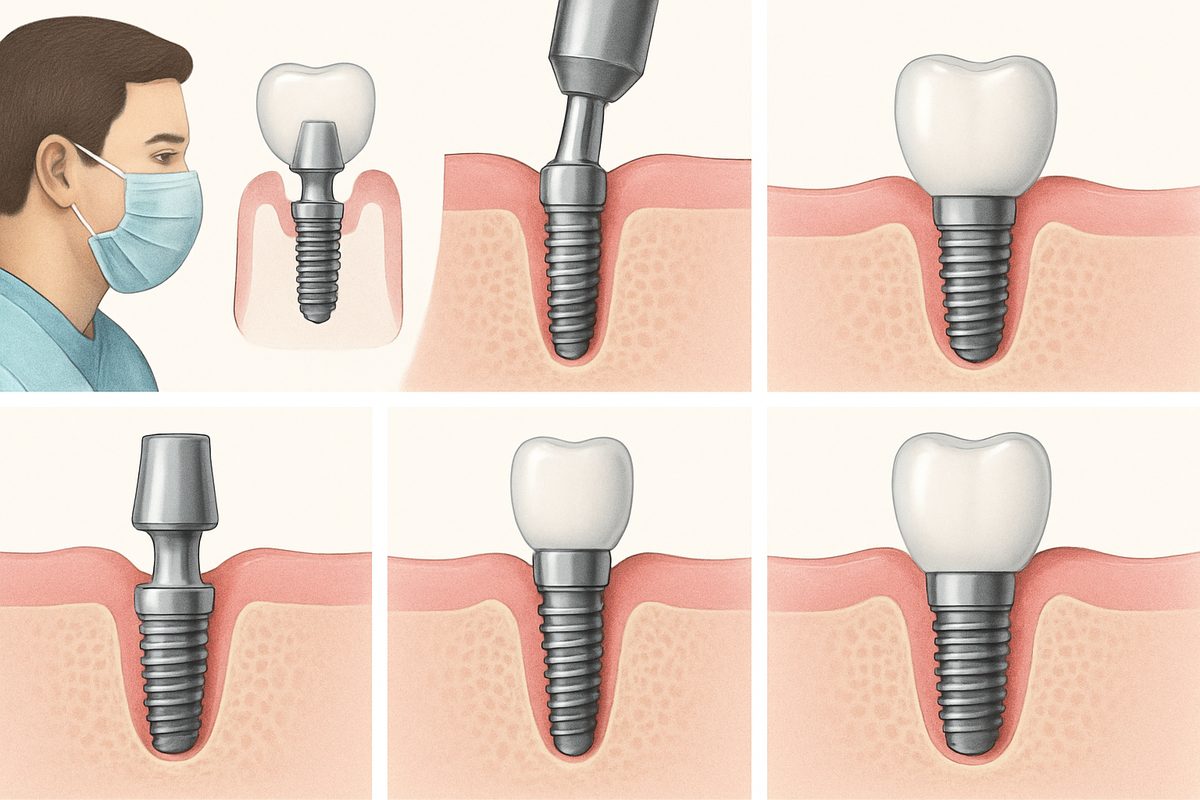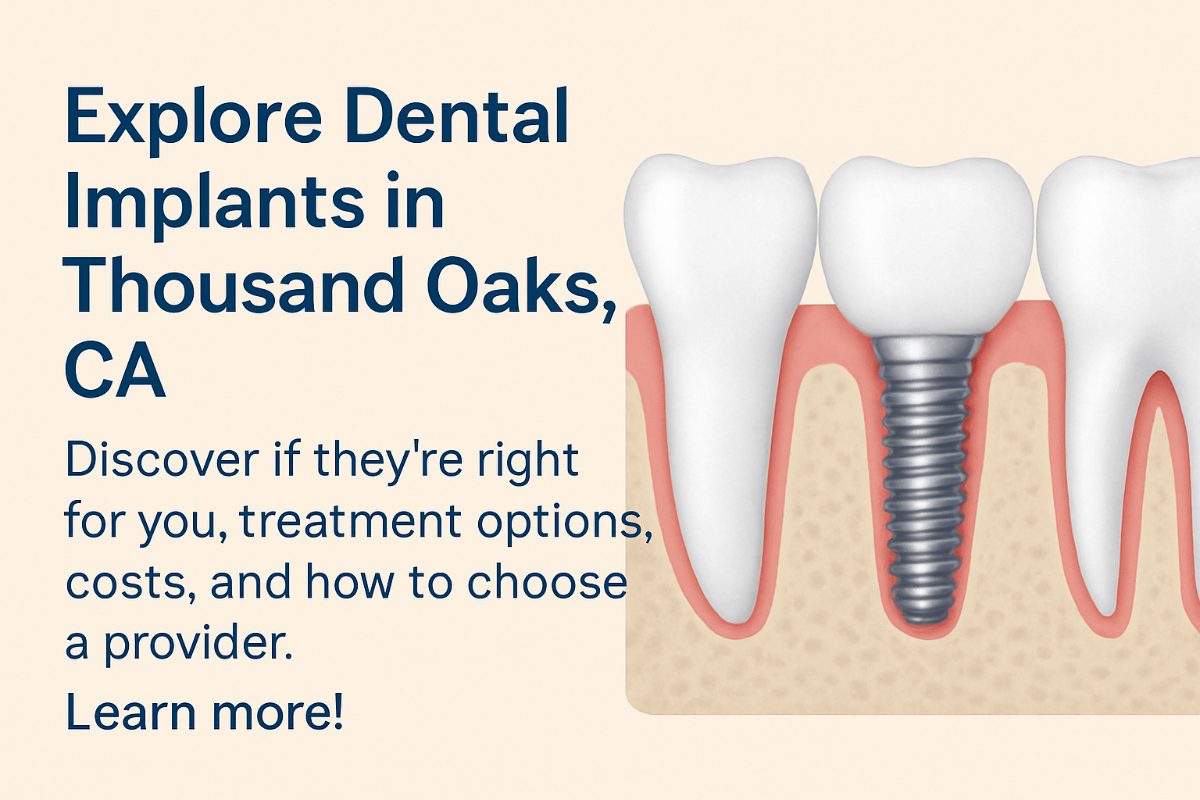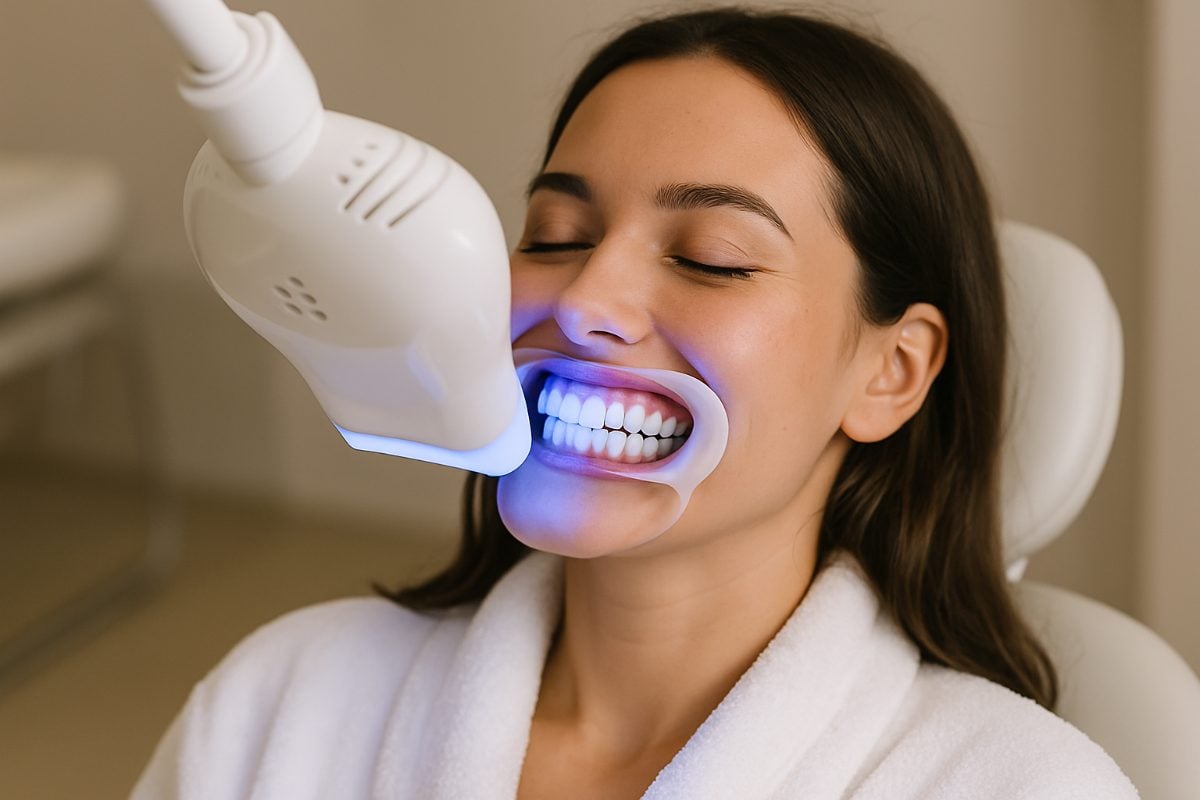Dental Blog - Thousands Oaks, CA
Tips, Facts, And The
Latest In Dentistry

Your 2025 Guide To Veneers Installation & Porcelain Veneers
Posted in Cosmetic Dentistry
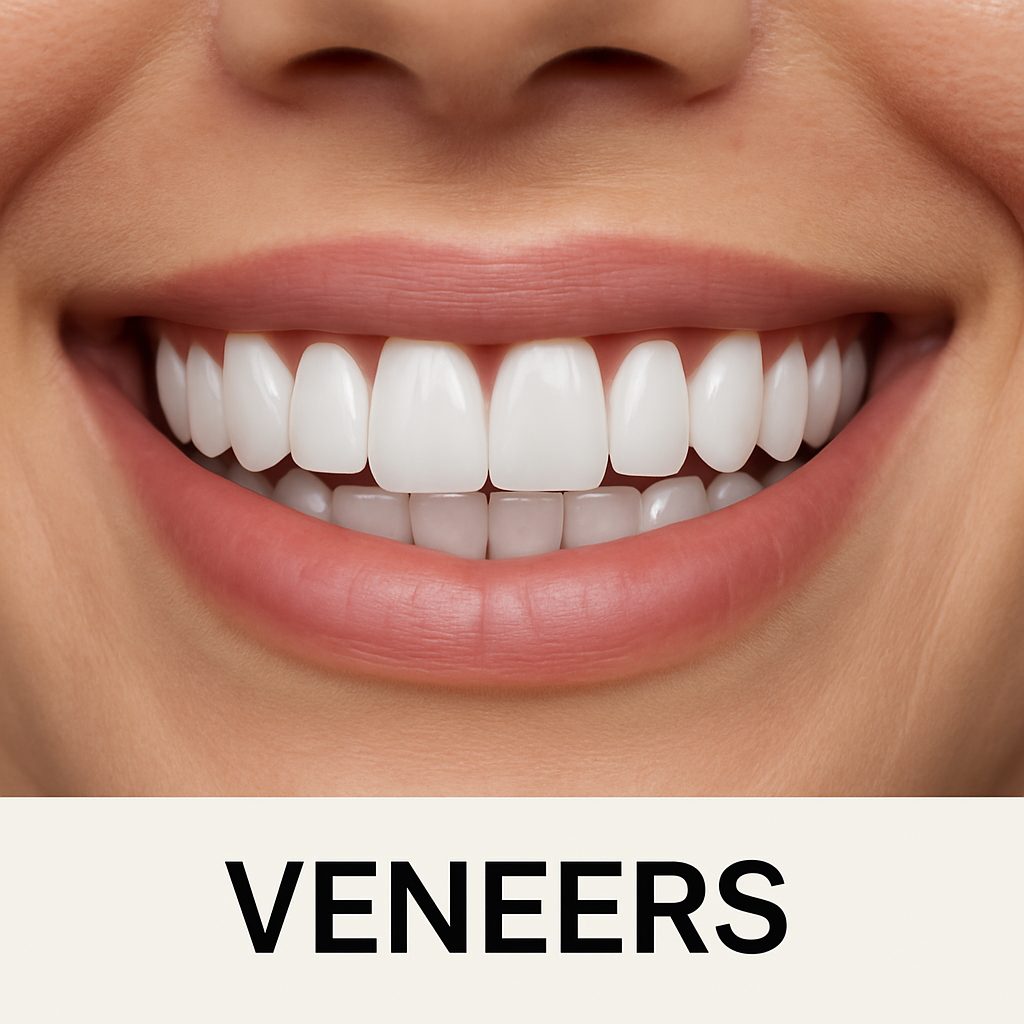
Porcelain veneers are custom-made ceramic shells that cover the visible front of teeth. They mimic natural enamel in color and light reflection. Typical materials include feldspathic porcelain and lithium disilicate. Veneers improve smiles by correcting stains, worn teeth, gaps, and small chips while offering a natural, long-lasting finish.
Are You a Candidate for Veneers Installation?
Common cosmetic concerns veneers fix
Veneers installation often addresses deep staining, chips, small gaps, minor crowding or misalignment, uneven tooth size, and worn or misshapen teeth. They are best for cosmetic changes when orthodontics or crowns are not necessary.
Oral health requirements
Good gum health and limited tooth decay are required before veneers installation. Patients with active gum disease or large cavities need treatment first. Veneers are not ideal for severe misalignment or heavy bite grinding without additional treatment. Realistic expectations about outcomes and maintenance are important.
Veneers Installation: Step‑by‑Step Process
Consultation and smile planning
The process starts with an exam, photos, and digital mockups or wax-ups to preview results. Your dentist will discuss goals, shade selection, and whether veneers are the best option. This planning ensures the final look matches your face and bite.
Tooth preparation and impressions
Typical preparation removes a thin layer of enamel to make room for the veneer. The dentist then takes impressions or digital scans. Temporary veneers may be placed while the lab crafts the final restorations.
Lab fabrication and final bonding
A dental lab fabricates porcelain veneers to match the selected shade and shape. At the final visit, veneers are tried in, adjusted for fit and bite, then etched and bonded with strong dental cement. The dentist will polish and check your bite before finishing.
Porcelain vs Composite Veneers
Porcelain veneers are more durable, stain-resistant, and lifelike than composite resin. Composite veneers cost less and can be placed in one visit but may stain and chip sooner. Porcelain is recommended when longevity and appearance are priorities; composite may suit temporary or budget-conscious needs.
Costs, Longevity, and Care After Veneers Installation
What affects cost
Cost depends on the number of teeth, lab quality, whether additional work (crowns, gum treatment) is needed, and the practice’s experience. Higher-quality labs and skilled clinicians typically increase price but improve results.
Aftercare and how long veneers last
Care includes daily brushing, flossing, avoiding hard foods, and possibly a nightguard if you grind your teeth. With proper care, porcelain veneers often last 10–15 years or longer before replacement may be needed.
Risks, Limitations, and How to Reduce Complications
Risks include tooth sensitivity after preparation, chipping, and eventual replacement. To reduce complications, choose an experienced clinician, follow pre- and post-op instructions, avoid biting hard objects, and attend regular dental checkups.
Why Choose Dr. Saeed Yazdianpour for Veneers Installation
Dr. Saeed Yazdianpour is a board‑certified prosthodontist and implant surgeon with advanced training from Boston University and UTHSC. He uses digital planning and evidence‑based methods for full‑mouth rehabilitation and cosmetic cases. His focus on personalized treatment helps achieve durable, natural-looking veneers with careful planning and precise bonding.
Next Steps: How to Schedule a Veneers Installation Consultation
Bring a list of goals, current dental records, and any recent X-rays to your first visit. Expect an exam, photos, and discussion of treatment options and costs. If you’re ready to explore veneers installation, book an evaluation to create a customized plan that fits your smile goals.


